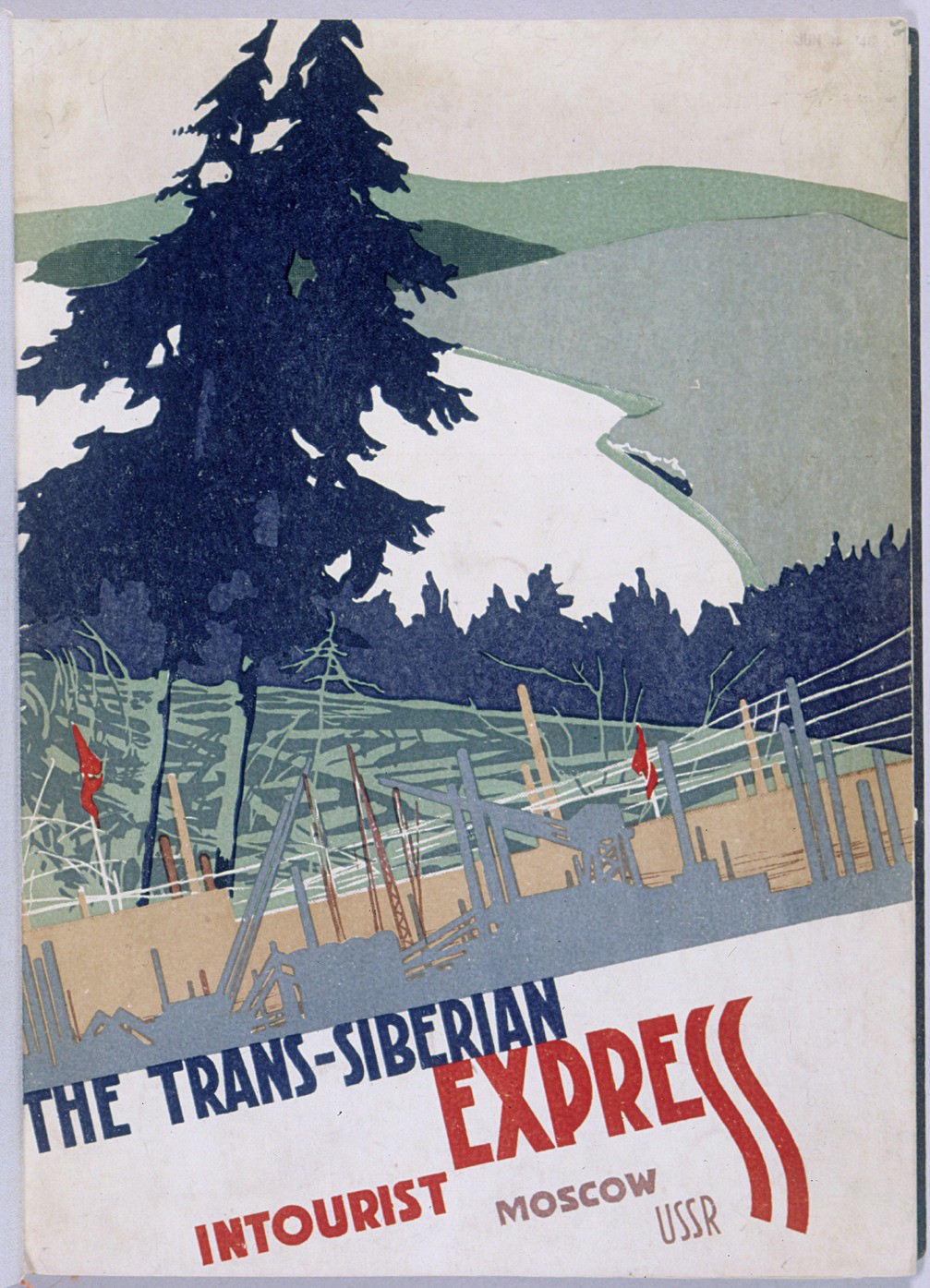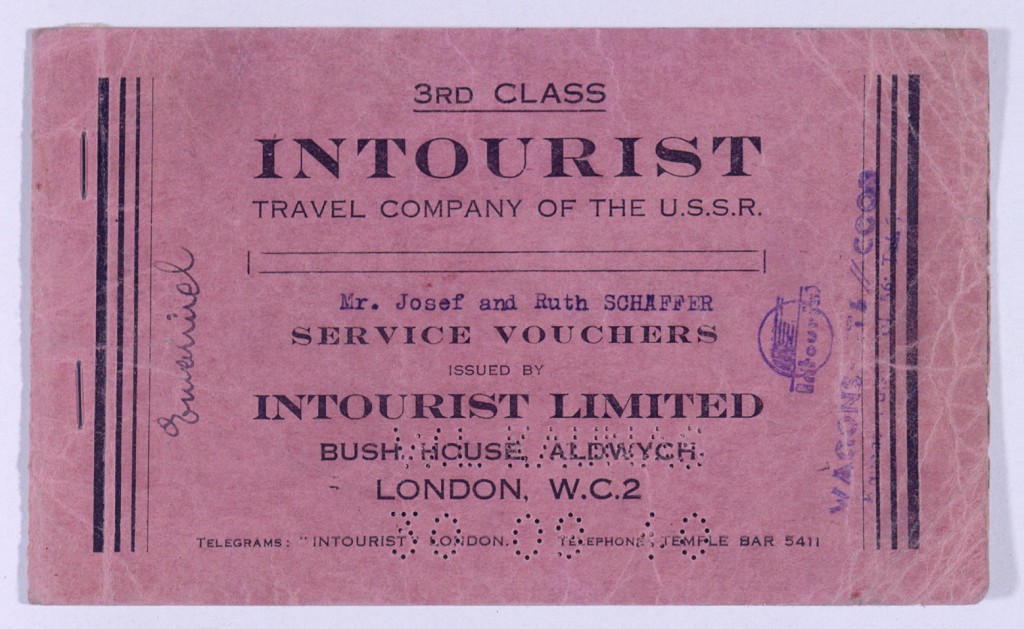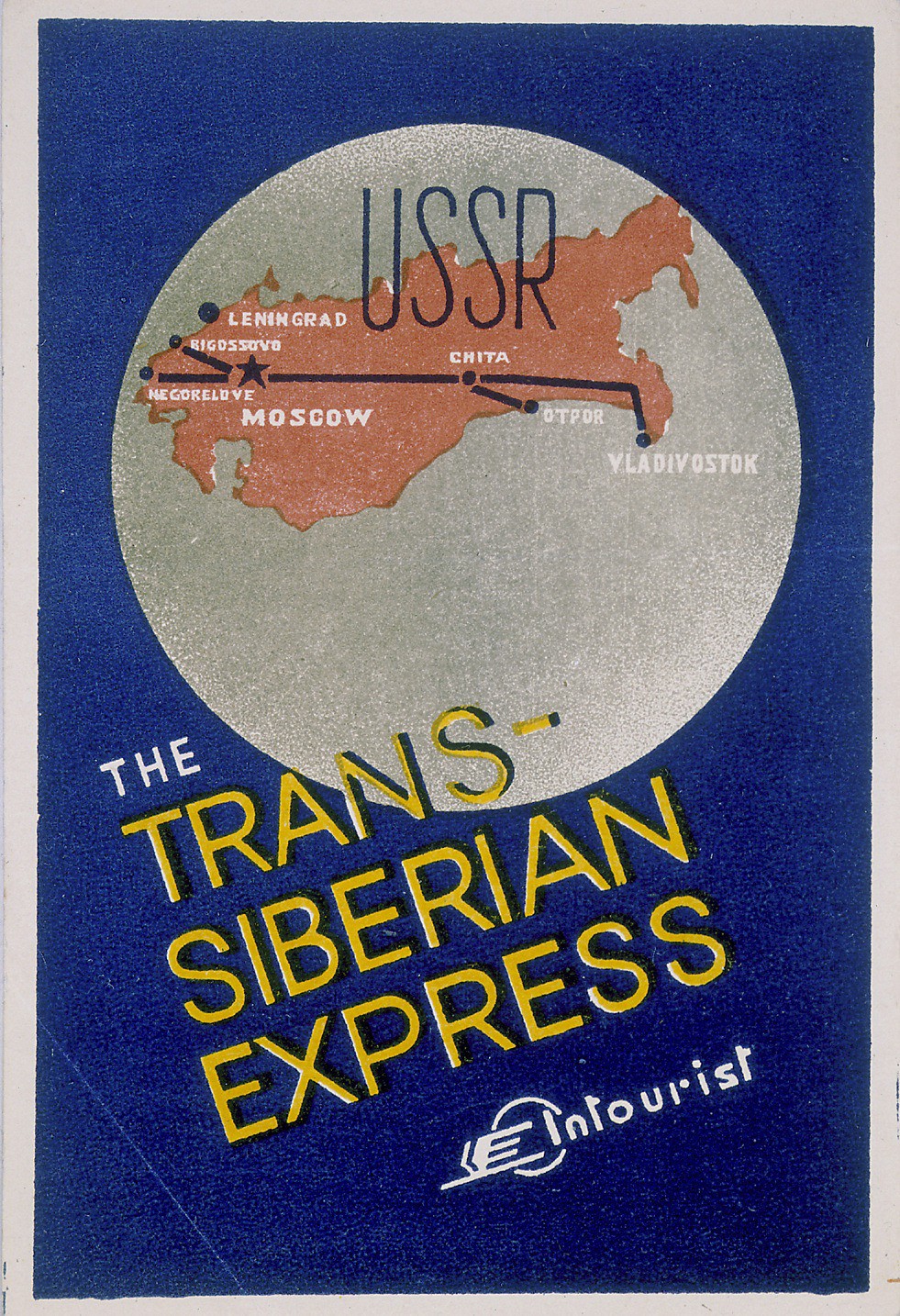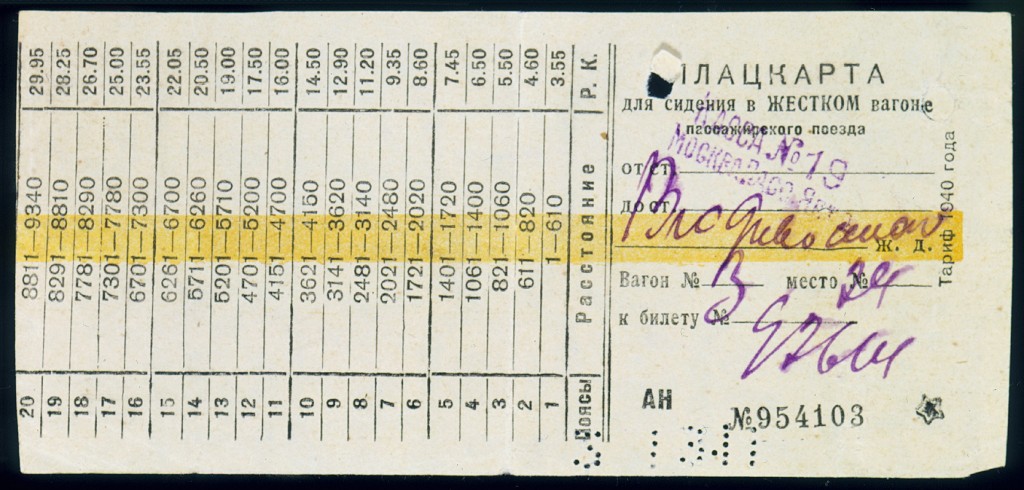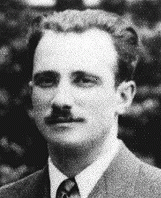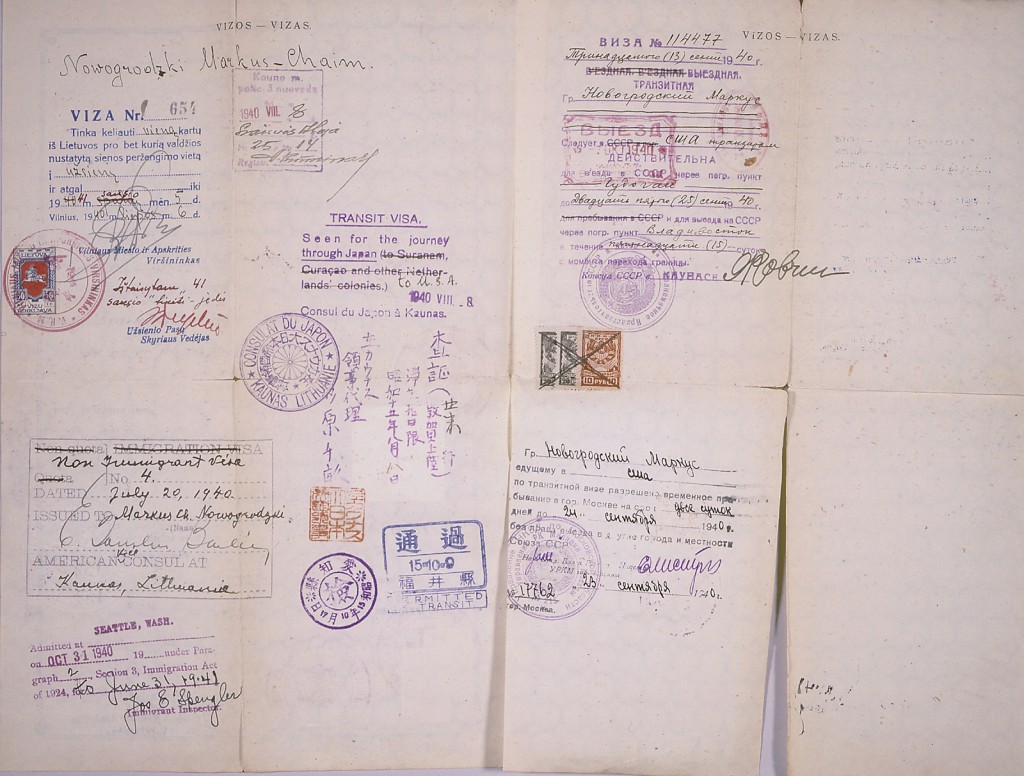
Flight and Rescue
Background
This is the extraordinary story of more than 2,000 Polish Jewish refugees. Enduring the hardships of travel and restrictive immigration laws, they escaped wartime Europe to safety in the Far East just months before the start of the Nazi genocide that claimed the lives of three million Polish Jews. Their experiences were portrayed in an exhibition at the United States Holocaust Memorial Museum in 2000.
Learn more about their stories.
War and Occupation
…whatever it was, was no more
—Susan Bluman, postwar testimony
On September 1, 1939, German forces invaded Poland from the north, west, and south. Poorly equipped Polish troops were no match for the modernized German army and air force's surprise, rapid assault. After only eight days of fighting, German soldiers laid siege to the capital city of Warsaw.
Throngs are leaving their homes on a dangerous migration to an uncertain future.
—Diary of Dawid Sierakowiak, September 6, 1939, Lodz, Poland.
Hundreds of thousands of Jews and other Polish citizens fled eastward. But any hopes of escaping the violence of war and terror of occupation were dashed. On September 17, stunning the world, Soviet troops marched into Poland from the east. Under a secret agreement, Adolf Hitler's Germany and Joseph Stalin's Soviet Union carved the country up to enlarge their own lands.
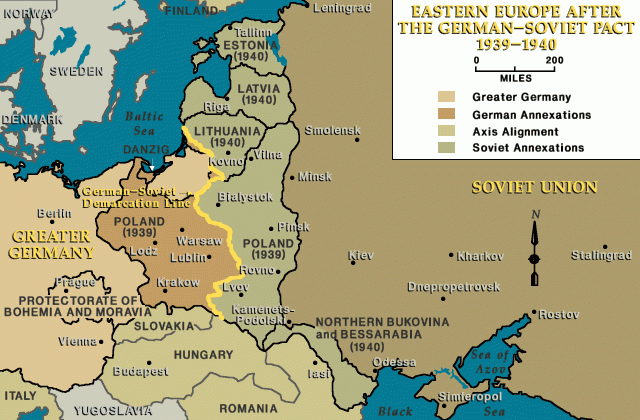
Most refugees now felt little choice but to return home. Others chose the Soviets as the lesser of two evils. A third small group, including members of targeted political or religious groups, feared both Nazi and Communist terror and continued their flight. Thousands of Jews streamed into the region of Vilna, an old center of Jewish culture near the Polish border with independent Lithuania.
Search for New Havens
It is a fantastic commentary on the inhumanity of our times that for thousands and thousands of people a piece of paper with a stamp on it is the difference between life and death.
—Dorothy Thompson, American journalist, 1938
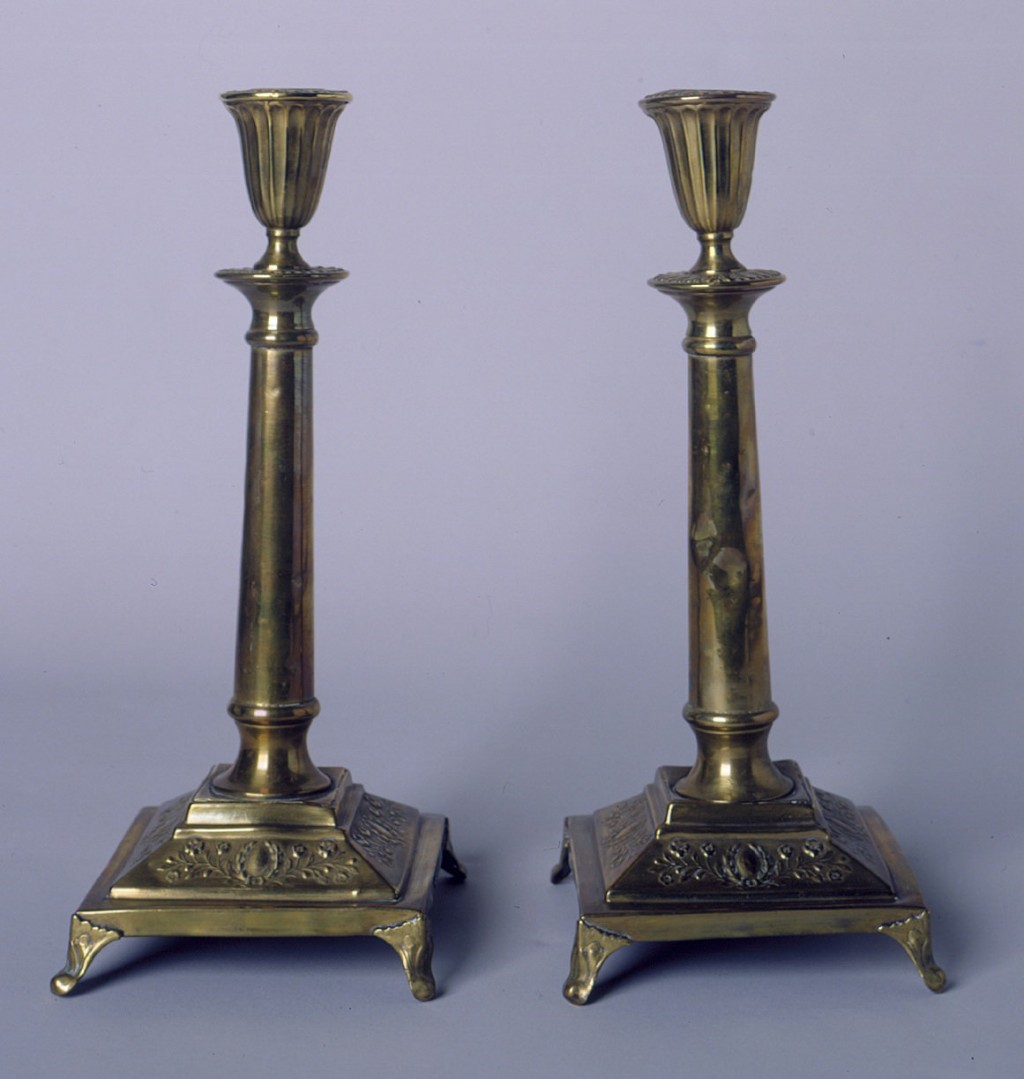
Most of the 15,000 Polish Jewish refugees who reached Lithuania saw it as a temporary haven. Many hoped to continue their flight abroad, either to the United States or Palestine. In the meantime, the majority counted on others for support. Jewish organizations, including American ones, provided critical help. The refugees faced an uncertain future and worried endlessly about loved ones back home in German- or Soviet-occupied Poland.
Then events once more gravely threatened their security. On June 15, 1940, Soviet tanks rolled into Lithuania. Communist officials arrested persons deemed political enemies, and seized private businesses and properties. By early August, Lithuania was a satellite of Moscow.
The chances of fleeing now were slim. Germany had conquered most of western Europe and its ally Italy was invading France in the south. One of the few escape routes left was the long, eastward one, through the Soviet Union by train. Transportation was costly and official hurdles endless. Travelers needed passports or substitute papers stamped with several kinds of permissions: one for exiting the Soviet Union and others for countries of transit and of final destination. What country would accept Jewish refugees?
We had memorized atlases and the globe and had become experts in outlining to ambassadors and consuls the most intricate travel routes. Where no route existed, it was for us to create one - if only on paper, for the time being.
—Refugee leader Zorach Warhaftig, postwar memoir
In the atmosphere of panic and fear and in the few weeks before the Soviets shut down all diplomatic operations in Lithuania, two men—“two angels” in some refugees' words—teamed up without ever meeting each other. Consular representatives Jan Zwartendijk from the Netherlands and Chiune Sugihara from Japan used their knowledge of rules and regulations to provide 2,100 Polish Jewish refugees an unlikely means of escape. They supplied the necessary destination and transit visas that enabled the refugees to leave Lithuania.
Stranded in Japan
Menaced by the increasing influx of refugees from Europe of all kinds - among others Jews from Germany, Austria, and the Baltic States - the various countries of America are shutting their doors more and more inexorably against them.
—Polish ambassador Tadeusz Romer, Tokyo, January 15, 1941
Most Jewish refugees who obtained Dutch and Japanese stamps in the late summer of 1940 did not leave immediately. Not until early 1941 did the Soviets allow large numbers of refugees to travel. They immediately scrambled to book passage on the Trans-Siberian Express.
The Trans-Siberian journey took refugees 5,800 miles in ten days to the port of Vladivostok. Hindsight would show how narrow this window of opportunity had been. All Trans-Siberian travel for private citizens ended on June 21, 1941, when German forces invaded the Soviet Union.
When the refugees left Soviet territory on steamers headed for Japan, the refugees danced and sang, enjoying their freedom. But no one knew what lay ahead. After landing in the port of Tsuruga, the refugees traveled by train to Kobe, where a small community headed by Russian Jewish merchants assisted them. The Japanese people regarded the Jewish travelers with curiosity and kindness. Japanese authorities were not hostile toward Jews, but were concerned that persons supposed to be traveling through Japan did not end up staying there.
Five thousand refugees wander aimlessly today in Kobe, Japan, awaiting precious papers for entrance to America.
—San Francisco Chronicle, May 1941
A few of the refugees proceeded quickly to the United States and other countries. The stay of hundreds of others stretched from weeks into months. Many despaired of ever obtaining final destination visas from American and other diplomats. Concern for loved ones left behind increased when Germany invaded the Soviet Union.
World tensions mounted after Japanese forces occupied French Indochina in July 1941. All passenger routes from Japan to North and South America, Australia, and India were terminated. In mid-August, nearly 1,000 refugees were still stranded in Japan. Japanese officials forced the remaining refugees to leave for the dreaded destination of Shanghai, China, then under Japanese control.
We have to go to Shanghai. Terrible letters come from there. One runs again to see if our names are on the list to leave. Before, when one saw his name on the list, one was happy. Today...one cries.
—Rose Shoshana Kahan diary entry, 1941
Destination of Last Resort
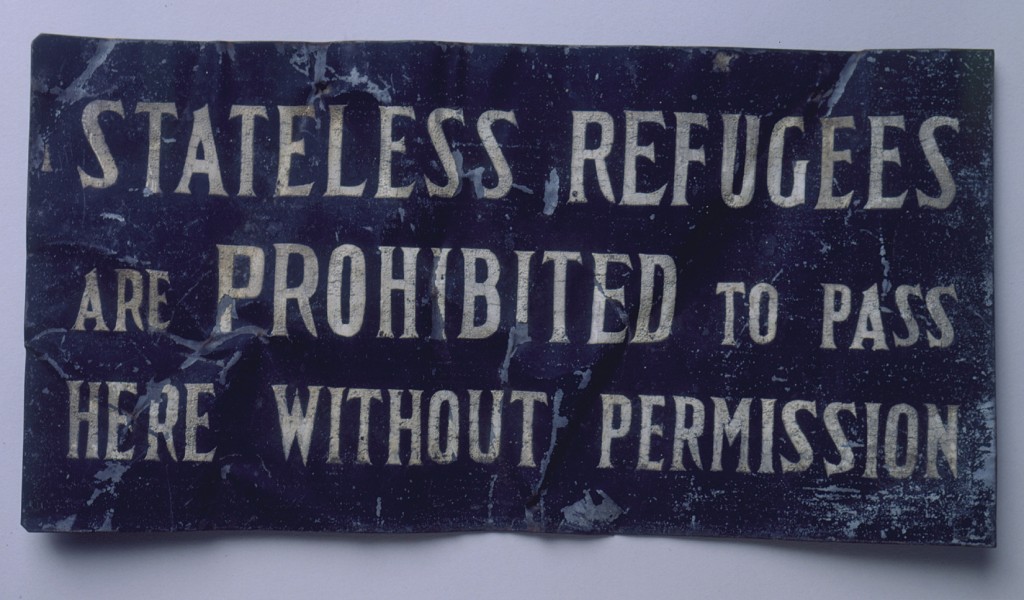
Everyone was in shock at what we saw. We'd never dreamt it would look like it did. We never had any idea what China was about, how poor it was.
—Hanni Sondheimer Vogelweid, postwar interviewAll of “Hongkew” presents itself as a terrible portrait. Dilapidated houses, ruins from bombs, skeletons of former factories, and bombed out shops.
—Rose Shoshana Kahan diary entry, 1941
While in Japan, the refugees heard that Shanghai was crowded, unsanitary, and crime-ridden. Still, they were shocked by what they saw when they landed. In the city's International Settlement, hundreds of thousands of destitute Chinese lived amid a foreign community led by wealthy British and American traders and financiers. An established community of 4,000 Russian Jews assisted the refugees from Poland who joined a much larger refugee community of more than 17,000 German and Austrian Jews who had fled Nazi persecution.

Trapped in Shanghai by the Pacific war, Jewish refugees suffered from shortages of food, clothing, and medicine. They endured unemployment and isolation, with no news from families still in Europe. The refugees were subjected to countless Japanese decrees. In 1943, Jews from Germany, Austria, and Poland were forced into a designated area for “stateless refugees”—soon known as “the ghetto” by residents.
We didn't know what was going to happen. We didn't know how we were going to survive. We didn't know how the Japanese would treat us. Everything was very, very confusing.
—Yonia Fain, postwar testimony
The treatment of Jews by individual officials was sometimes unpredictable and cruel but Japanese policy in Shanghai was based on nationality, and did not involve persecution of Jews as a group, let alone their mass murder and genocide. Russian Jews in Shanghai continued to live and work freely through the war. Members of the Mir Yeshiva continued their studies, and became the only eastern European yeshiva to survive the Holocaust nearly intact. At war's end in August 1945, this distinction in treatment became fully apparent to the refugees as they learned about the Holocaust and mourned the tragic loss of family, friends, and entire Jewish communities.
We felt that we lost everything ... we ever knew .... We tried not to struggle with the question: Why do I deserve to be alive, when my brothers died, when my family died
—Yonia Fain, postwar testimonyThe fields of Poland lament, the trees of Lithuania weep, and cursed Europe is crying - where are our Jews? Why did our earth become a grave for them?
—Yiddishe ShtimeAnd I asked my father about what happened to our family, 'cause I knew that all of them virtually stayed behind, and he never answered me. He just walked away. We never talked about that.
—Norbert Swislocki, postwar testimony
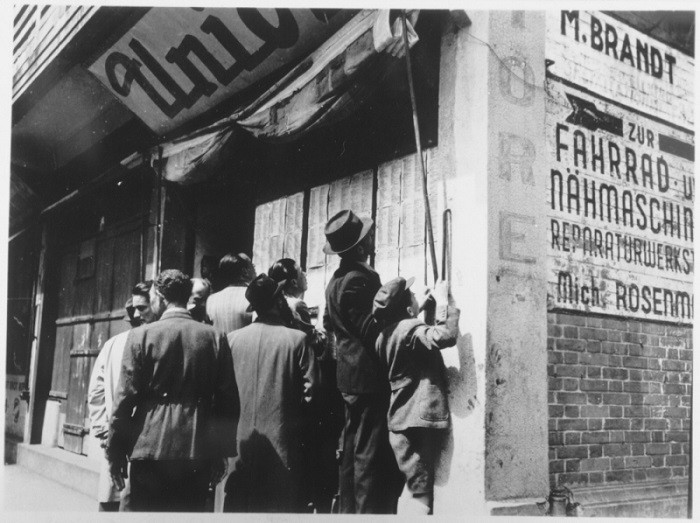
Refugees Today
Recognizing its moral failure to help Jews and others fleeing Nazi persecution before World War II, and faced with hundreds of thousands of displaced persons at the war's end, the international community made important commitments to assist and protect refugees.
In 1948, the United Nations adopted the Universal Declaration of Human Rights, which recognizes the right of every individual to seek and enjoy asylum from persecution.
Article 3. Everyone has the right to life, liberty and security of person.
Article 5. No one shall be subjected to torture or to cruel, inhuman or degrading treatment or punishment.
Article 9. No one shall be subjected to arbitrary arrest, detention or exile.
Article 14. Everyone has the right to seek and to enjoy in other countries asylum from persecution.
Universal Declaration of Human Rights
In 1951, the UN established the office of the United Nations High Commissioner for Refugees and adopted the Convention Relating to the Status of Refugees. The latter established the basic international obligation not to return people to countries where their life or freedom might be threatened. The United States accepted this obligation in 1968.
The Refugee Convention defines refugees as persons who are outside their native country or country of habitual residence and who cannot return to their country or call on its protection because they fear that they will be persecuted on the basis of their “race, religion, nationality, membership in a particular social group, or political opinion.” The convention guarantees refugees a wide range of civil and human rights, including freedom of association, the right of legal redress, and protection from discrimination.
These landmark commitments by the UN established the plight of refugees as a responsibility of the international community. They continue to shape policy today.
If life presented itself to us and asked, “Break the rules, understand the emergency, take responsibility, and reach out beyond the ordinary to save,” what would we do? That is why the United States Holocaust Memorial Museum was established: to be more than a repository of memory but also to be a living goad to good conscience.
—Rabbi Irving Greenberg, Chair, United States Holocaust Memorial Council, 2001
Critical Thinking Questions
- What challenges did European Jews face if they escaped to another country? Are these similar or different for refugees today?
- How did local officials and Jewish communities respond to the plight of the new arrivals?
- How did the United States and other countries interpret their role when facing a catastrophic refugee crisis in 1939?


